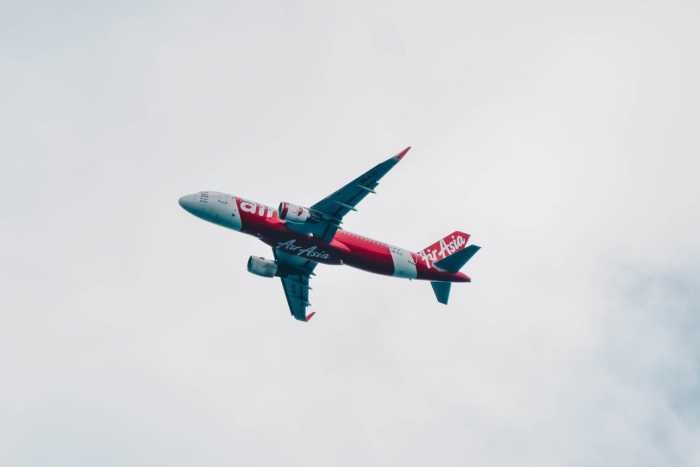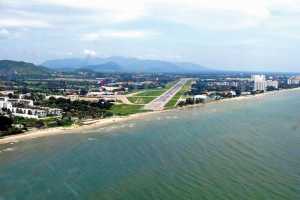
THAI and Tiger Airlines Tie Up
11th Feb 2011

Thai Airways International's announced joint venture with low cost carrier Tiger Airways of Singapore will benefit Phuket travelers wanting direct flights beyond Thailand and cheaper domestic flights.
THAI President Piyasvasti Amranand said the joint venture would take on the ever expanding AirAsia in the budget operator region. The current plan is to start flying early 2011 to eight destinations from Suvarnabhumi Airport, Bangkok.
Nok Air, THAI's own budget subsidiary, which has weathered tough times, has also announced a plan to add eight planes, four Boeing 737-800s and four ATR-72 turboprops to its current fleet of eight aircraft.
This should benefit Phuket as Nok Air only currently has one return daily flight between Bangkok and Phuket. More capacity would enable it to increase this, especially during the high season.
So Phuket's positioning in this grand strategy, as the key tourist destination in Thailand, is absolutely pivotal to THAI/Tiger Airways, Nok Air and AirAsia.
(Note: The deal has become subject to internal Thailand political wrangling which may affect the final structure of the joint venture. This column does not comment on political issues).
With 19 daily flights the Bangkok-Phuket route is AirAsia's largest by far within Thailand. THAI currently operates 13 flights daily on the route.
If you take the Phuket - Singapore route as an example of outbound flights, THAI fly to Singapore 17 times daily but all of them via Bangkok. Thai AirAsia (the AirAsia Thai subsidiary) flies directly from Phuket to Singapore once daily while Tiger Airways has also has one return daily flight.
Direct flights point-to-point on budget carriers, avoiding the need to transit through a premium carrier's hub is clearly a preferred customer option if available, particularly within a region like Asia.
So any deal that increases capacity to enable more direct flights, avoiding a Bangkok transit, is clearly of benefit to the Phuket traveler.
AirAsia, through various subsidiaries, has quickly built a network flying to more than 20 countries, such as Great Britain, China, Taiwan, Australia, and Vietnam. Within Thailand, destinations include Phuket, Hat Yai, Krabi, Ubon Ratchathani, Udon Thani and Chiang Mai.
Tiger Airways has found the competition from AirAsia and other budget carriers very intense, so THAI's 49 percent shareholding (THB100 million) and the opportunity to expand its network with even more flights to major destinations like Phuket will underpin such expansion.
Tiger Airways consolidated profit improved by 568 million Baht from a loss of 340 million Baht for the year to 31 March 2007 to a profit of 227 million Baht to 31 March 2008. Not bad for a start up operation.
But Asia is now awash with budget carriers so the joint venture also makes sense in shoring up THAI's full service network in Asia and growing Tiger Airway's. Competitors for the joint venture in Asia include Firefly out of Penang, Hong Kong Express, Jetstar, Australia; Silk Air, Singapore and Pacific Airlines, Vietnam to name a few
The joint venture strategy appears to be for Tiger Airways to take AirAsia head on in price out of a Thailand base, rather than trying to compete on a one-to-one basis from its current Singapore hub, thus taking advantage of Thailand's geographical position.
The big question that remains is whether Tiger Airways will cannibalize THAI's full service routes to such destinations with the resulting loss of income.
Tiger Airways currently flies to destinations within an approximate five-hour radius around Singapore to 19 destinations in eight countries around the region. Thailand is its first and biggest market, with four cities served.









